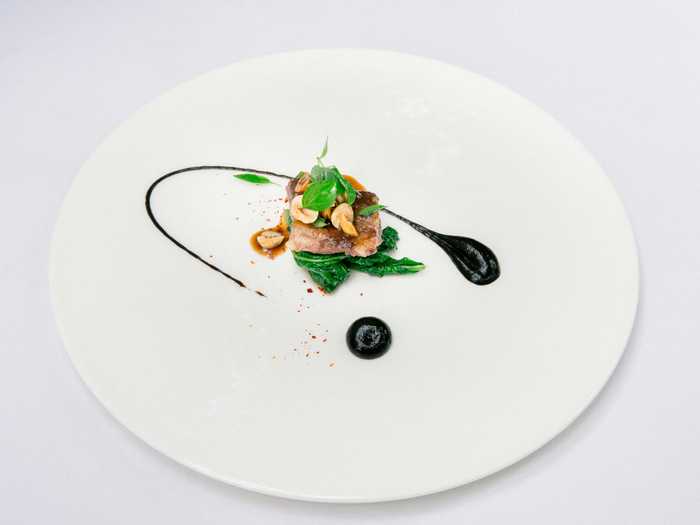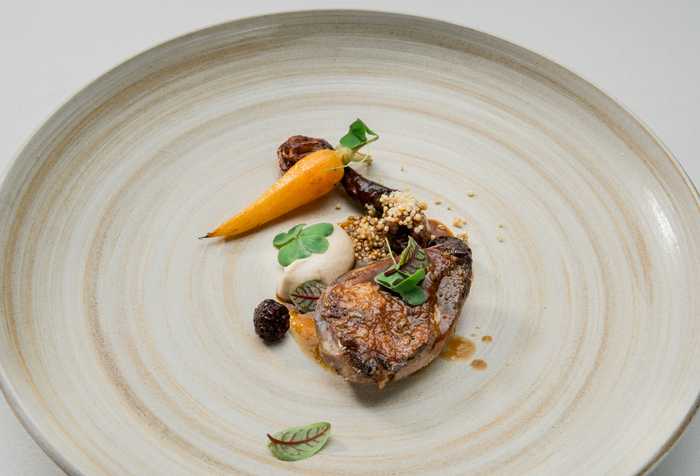Published 12:57 IST, May 22nd 2024
Receiving a Michelin star can significantly boost a restaurant’s reputation, leading to increased bookings and higher demand.
Advertisement
The Michelin Star rating system is synonymous with culinary excellence. It has a storied history that dates back over a century. Originating from a tyre company's promotional guidebook, it has evolved into one of the most prestigious accolades in the culinary world. How did a tyre company make itself such a huge player in not just the culinary world, but also worldwide tourism? Let’s find out.
History of the Michelin Star rating
The Michelin Guide was first published in 1900 by André and Édouard Michelin, the founders of the Michelin tire company. The primary aim was to boost car sales—and consequently, tire sales—by providing French motorists with useful information for their travels, including maps, tire repair and replacement instructions, and listings of hotels, mechanics, and restaurants.
Advertisement

In 1926, the guide began awarding stars to fine dining establishments. Initially, only a single star was given, but in 1931, the system expanded to the now-familiar three-star rating
- One star: "A very good restaurant in its category."
- Two stars: "Excellent cooking, worth a detour."
- Three stars: "Exceptional cuisine, worth a special journey."
This system quickly became a benchmark for culinary quality. Over the decades, the guide expanded beyond France, first to other European countries, then to North America, and eventually to Asia and other parts of the world.
Advertisement
How restaurants earn Michelin Stars
Earning a Michelin star is a complex process that involves anonymous reviews and rigorous criteria. Here’s a breakdown of how it works:
Anonymous inspections
Michelin inspectors visit restaurants anonymously, allowing them to experience the establishment as a regular customer would. Inspectors often dine multiple times to ensure consistency in food quality and service.
Advertisement
Assessment criteria
Inspectors evaluate restaurants based on five main criteria

- Quality of the products - The freshness and quality of the ingredients used.
- Mastery of flavour and cooking techniques - The skill in preparing the dishes and the harmony of flavours.
- The personality of the chef in the cuisine - The creativity and uniqueness the chef brings to the dishes.
- Value for money - The overall dining experience relative to the cost.
- Consistency - The dining experience must be consistently excellent across multiple visits.
Scoring and decisions
After visits, inspectors write detailed reports, which are then reviewed by a committee. The committee collectively decides whether a restaurant meets the high standards required for one, two, or three stars. Restaurants are not guaranteed to retain their stars indefinitely. Inspectors revisit starred establishments annually to ensure they continue to meet the Michelin standards.
Advertisement
12:57 IST, May 22nd 2024